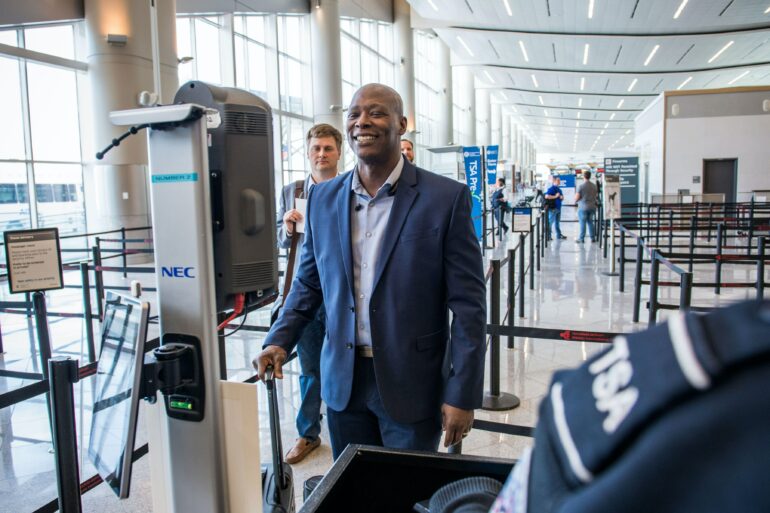People interact with machines in countless ways every day. In some cases, they actively control a device, like driving a car or using an app on a smartphone. Sometimes people passively interact with a device, like being imaged by an MRI machine. And sometimes they interact with machines without consent or even knowing about the interaction, like being scanned by a law enforcement facial recognition system.
Human-Machine Interaction (HMI) is an umbrella term that describes the ways people interact with machines. HMI is a key aspect of researching, designing and building new technologies, and also studying how people use and are affected by technologies.
Researchers, especially those traditionally trained in engineering, are increasingly taking a human-centered approach when developing systems and devices. This means striving to make technology that works as expected for the people who will use it by taking into account what’s known about the people and by testing the technology with them. But even as engineering researchers increasingly prioritize these considerations, some in the field have a blind spot: diversity.
As an interdisciplinary researcher who thinks holistically about engineering and design and an expert in dynamics and smart materials with interests in policy, we have examined the lack of inclusion in technology design, the negative consequences and possible solutions.
People at hand
Researchers and developers typically follow a design process that involves testing key functions and features before releasing products to the public. Done properly, these tests can be a key component of compassionate design. The tests can include interviews and experiments with groups of people who stand in for the public.
Tahira Reid discusses compassionate design in engineering.
In academic settings, for example, the majority of study participants are students. Some researchers attempt to recruit off-campus participants, but these communities are often similar to the university population. Coffee shops and other locally owned businesses, for example, may allow flyers to be posted in their establishments. However, the clientele of these establishments is often students, faculty and academic staff.
In many industries, co-workers serve as test participants for early-stage work because it is convenient to recruit from within a company. It takes effort to bring in outside participants, and when they are used, they often reflect the majority population. Therefore, many of the people who participate in these studies have similar demographic characteristics.
Real-world harm
It is possible to use a homogenous sample of people in publishing a research paper that adds to a field’s body of knowledge. And some researchers who conduct studies this way acknowledge the limitations of homogenous study populations. However, when it comes to developing systems that rely on…



